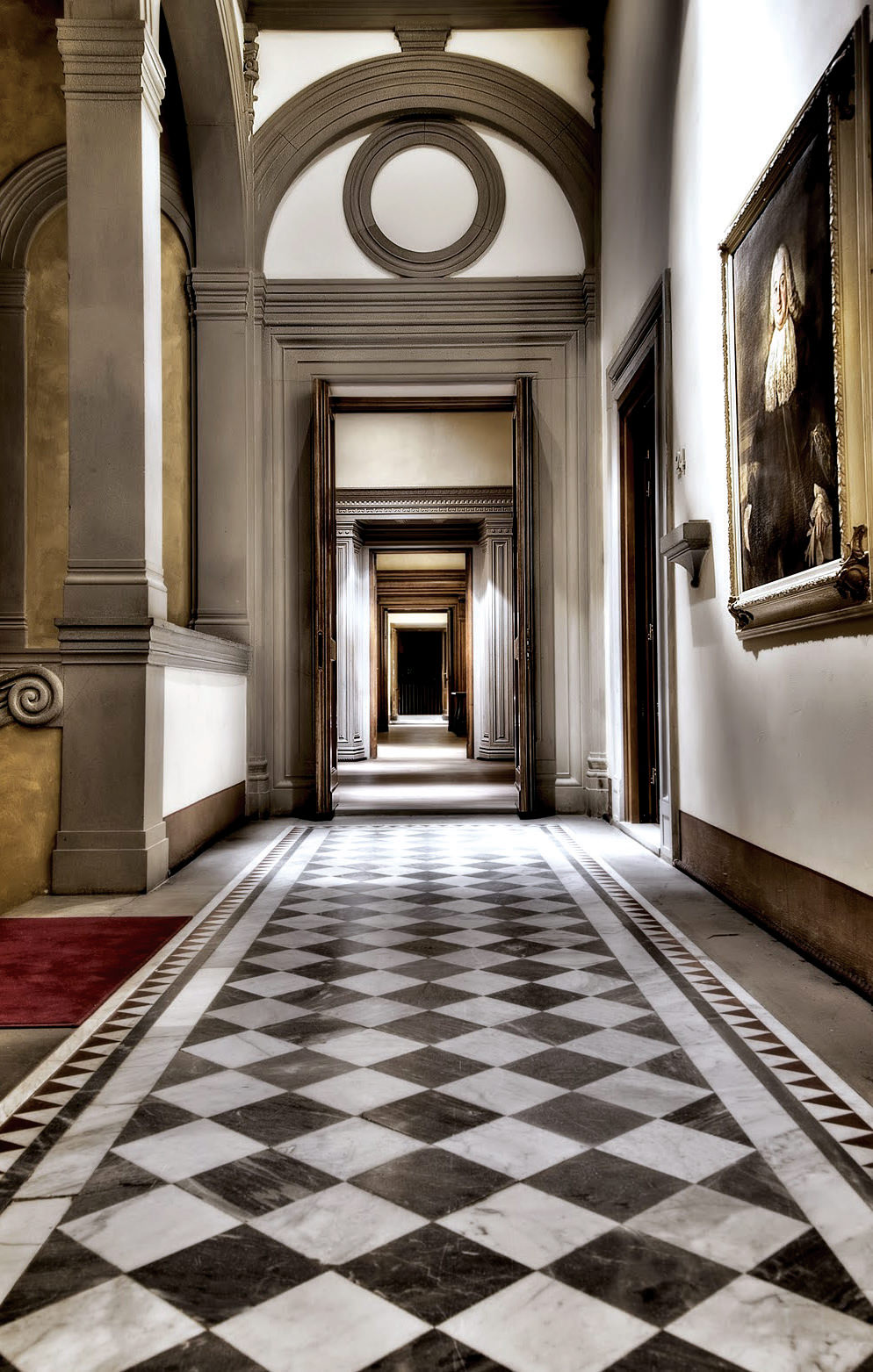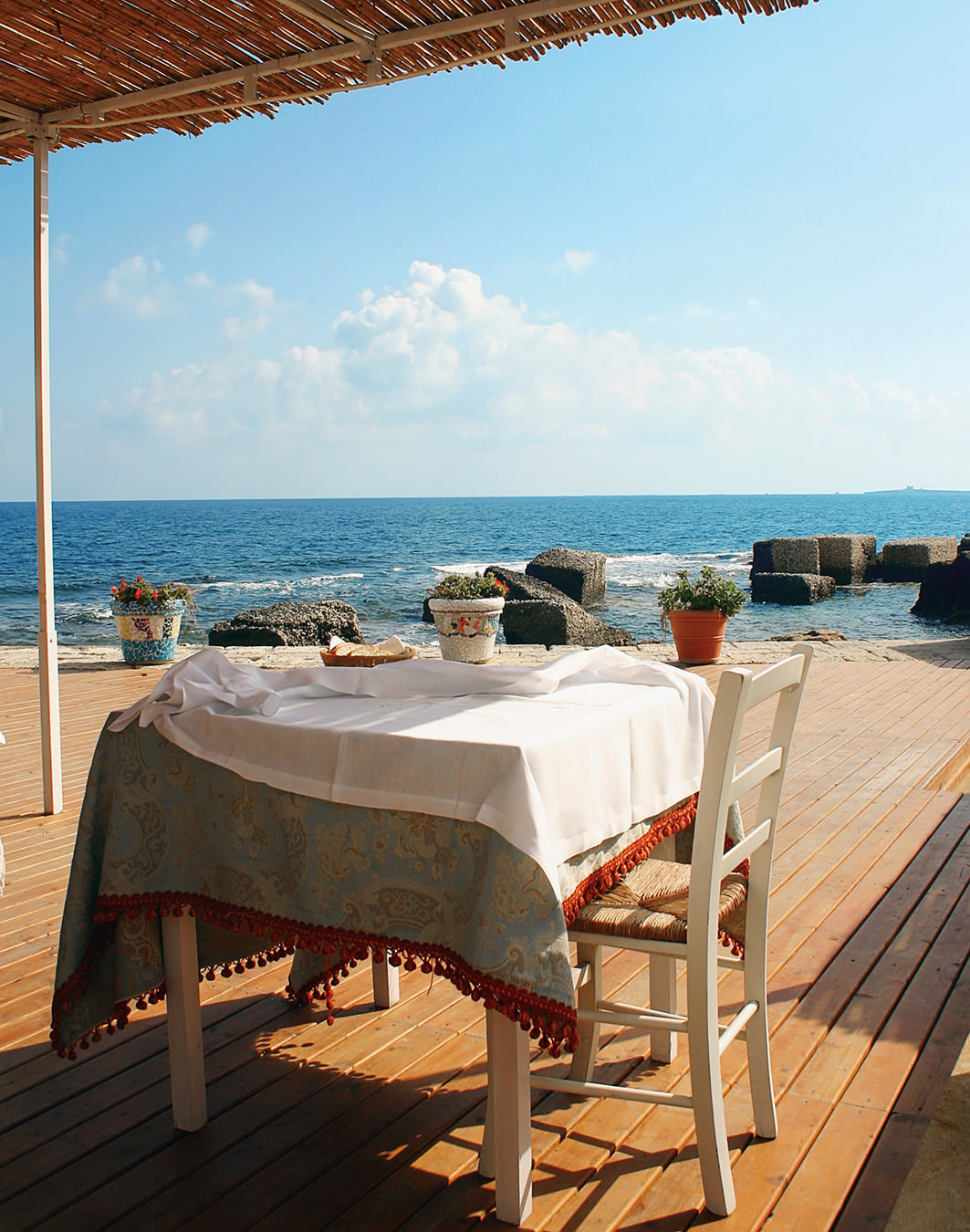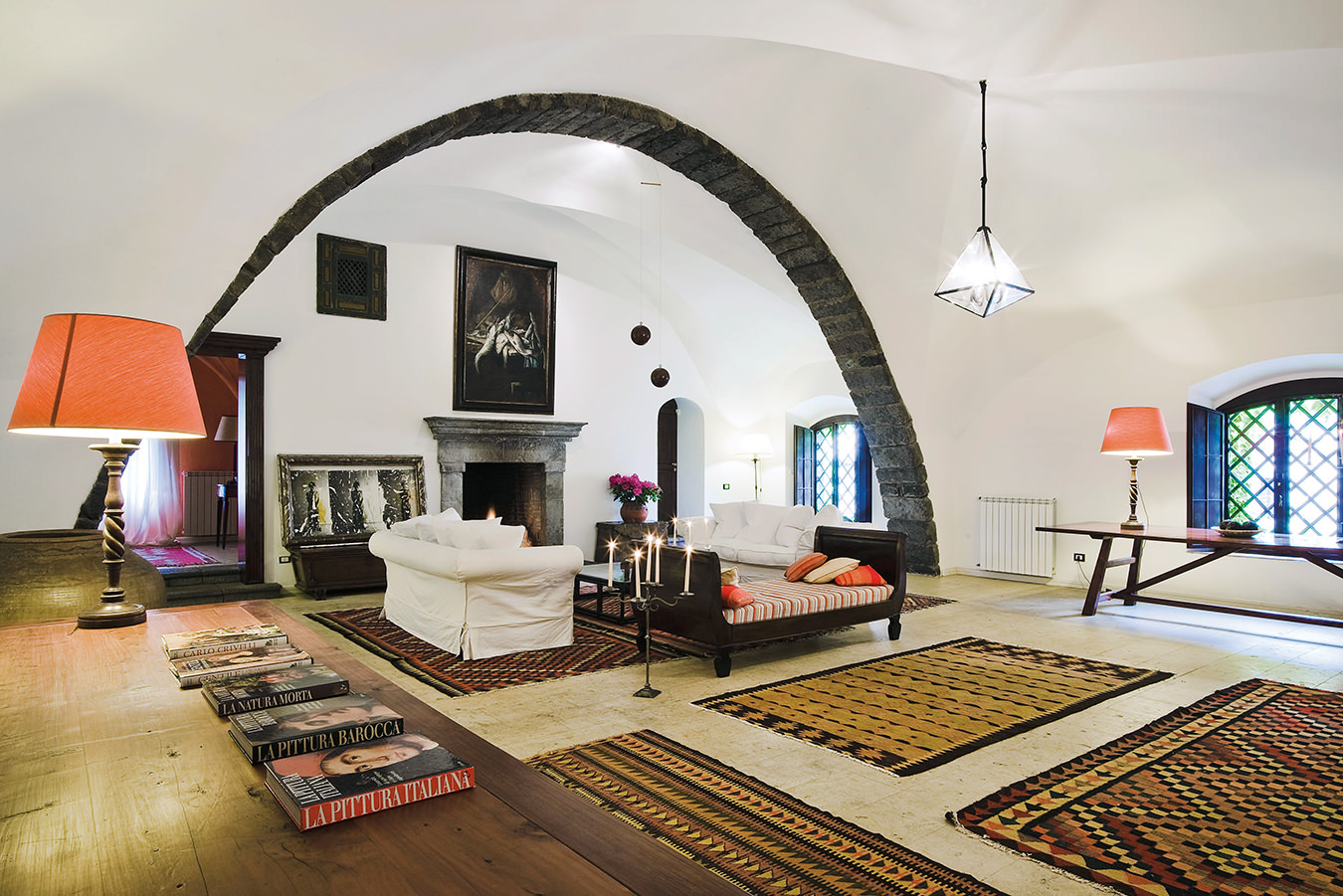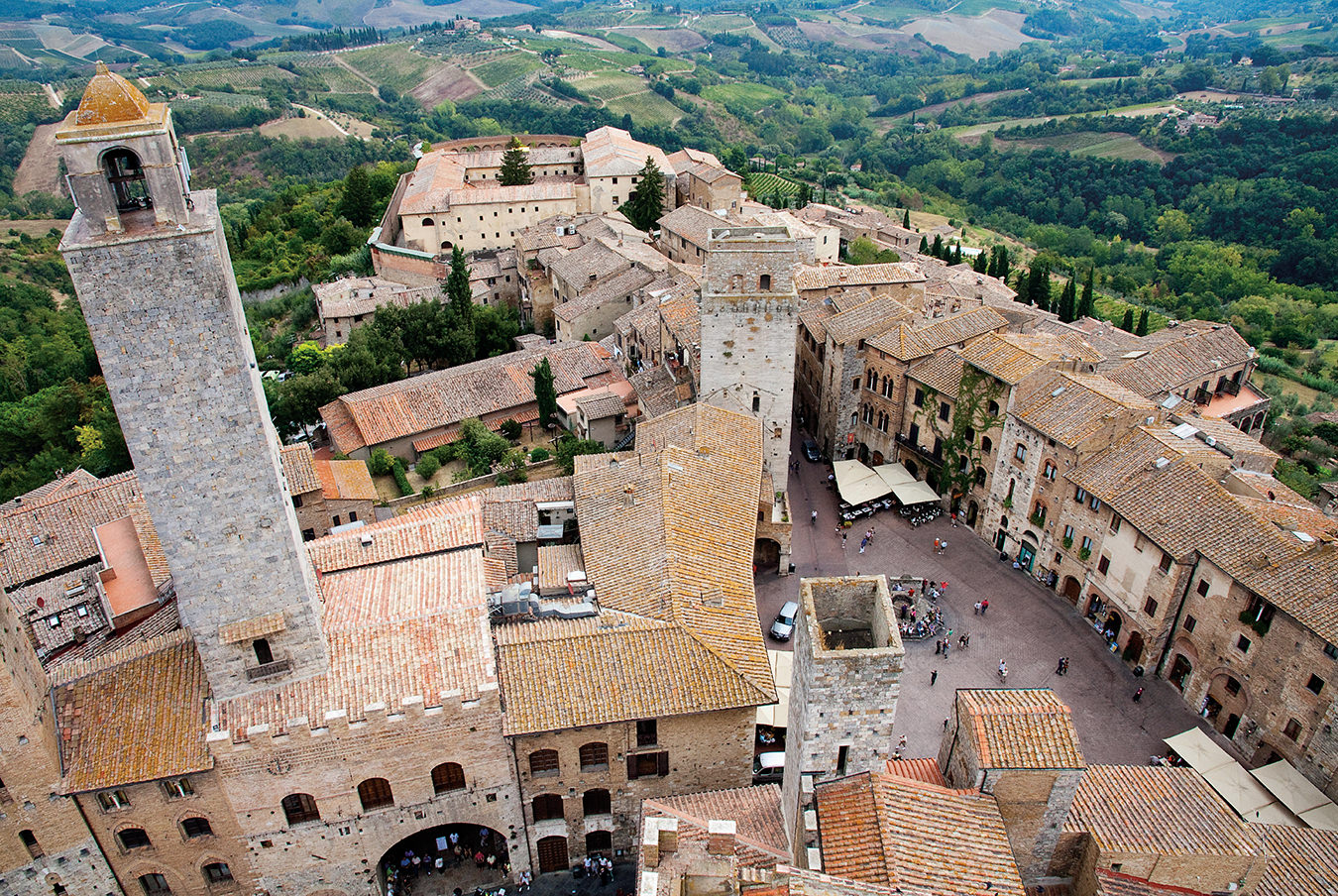Italian Designer Guglielmo Poletti and His To-Tie Lamps
Bright idea.
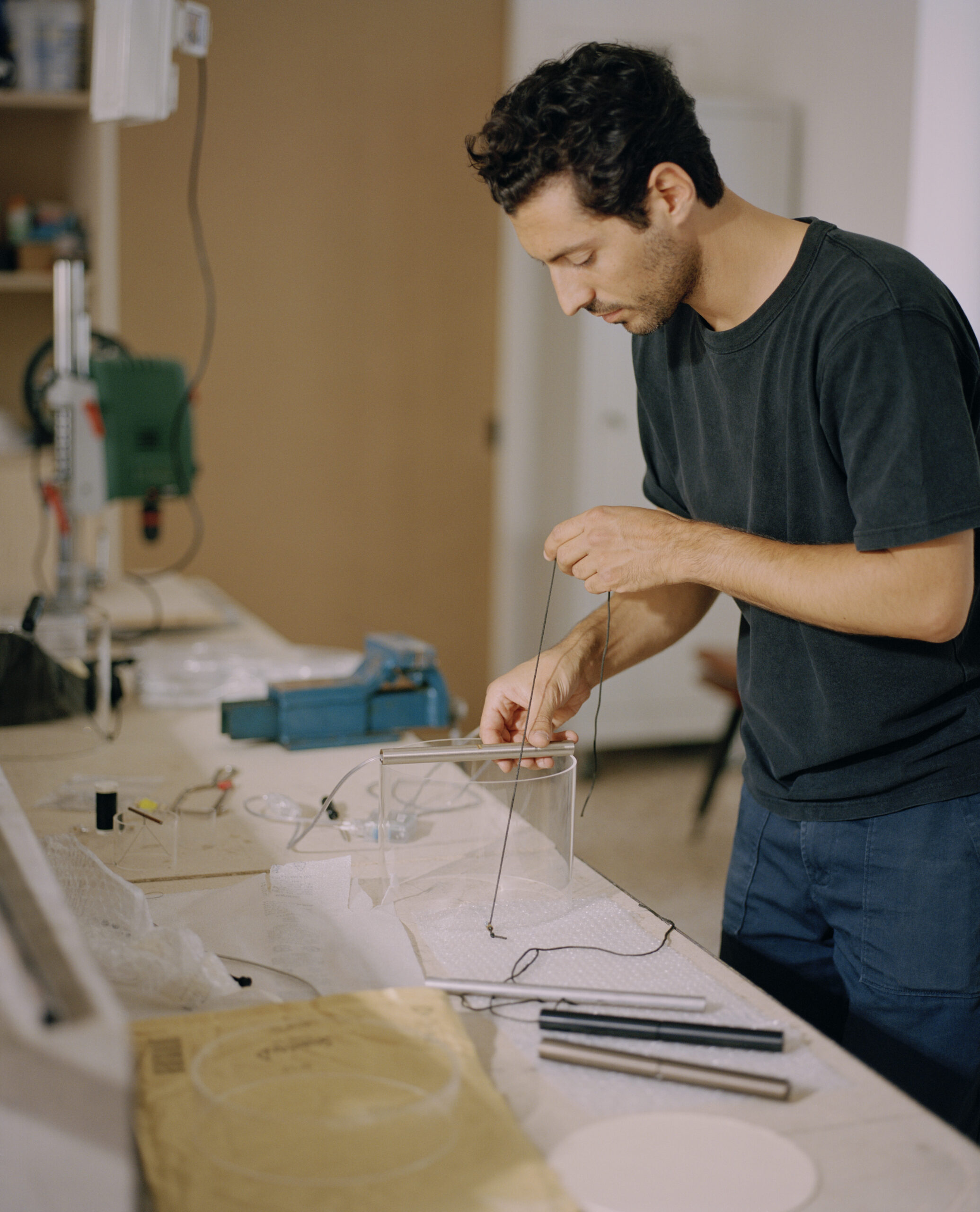
Working out of a renovated warehouse on the outskirts of Milan, Italian designer Guglielmo Poletti deconstructs conventional designs to remove unwanted complexities before he builds them back up again.
Poletti, who also designs furniture, first experimented with lighting in 2019 with the Helix 1622. Inspired by a hook on the back of a 17th-century painting, its simplicity in contrast to the ornate frame inspired Poletti to recreate the mechanism as a wall light, using a usually hidden part of the frame that is most often solely dedicated to functionality. By twisting a loose cable around a nail fixed on the wall, the cable’s tension holds an LED light, recreating the hanging mechanism of the picture frame.
The most recent example of his focus on simplicity can be seen in the To-Tie lighting series for Flos, the innovative Italian lighting company. The lamps, available in three sizes, are made up of only three elements: a glass cylinder, a bar, and a cable, all presented in their simplest form and bound by nothing more than mechanical tension. The absence of screws, nails, glue, or ties allows the form of the lamps to remain uncluttered and highlights the ingenious design.
This is in line for Poletti, who adopts “a deconstructive approach to form, aiming to shed light on the logical foundations of each project.” The To-Tie then, by design, does not require intense study to figure out. It instead invites appreciation by laying itself out clearly and highlighting the interplay between its simple components.
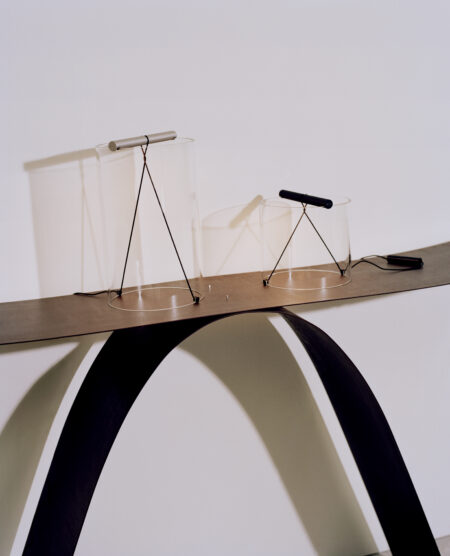
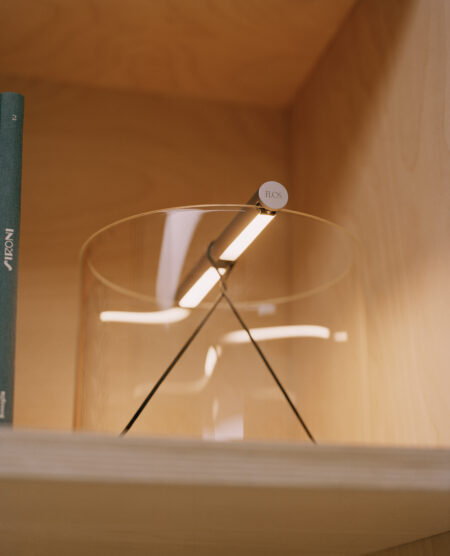
When the To-Tie is turned on, its twisting fabric cable and light bar are easily visible through the glass cylinder. But it is a striking ornament even when not in use, its unique structure moving it beyond the simple functionality of a table lamp. Poletti says, “The peculiar configuration of the structure confers the lamps an autonomous presence in the space, even when they are turned off.”
Despite being reduced to its essential ingredients, each component of the lamp remains integral and multifunctional, with the bar serving as both light source and handle, and the power cable providing electricity and the crucial tension to hold everything together. Given the lack of fasteners in its construction, the lamp lends itself to easy disassembly for repair or replacement, which in turn makes it simpler to recycle the components. The To-Tie—its name another example of Poletti’s desire for simplicity—marks the Milanese designer’s first collaboration with Flos.


